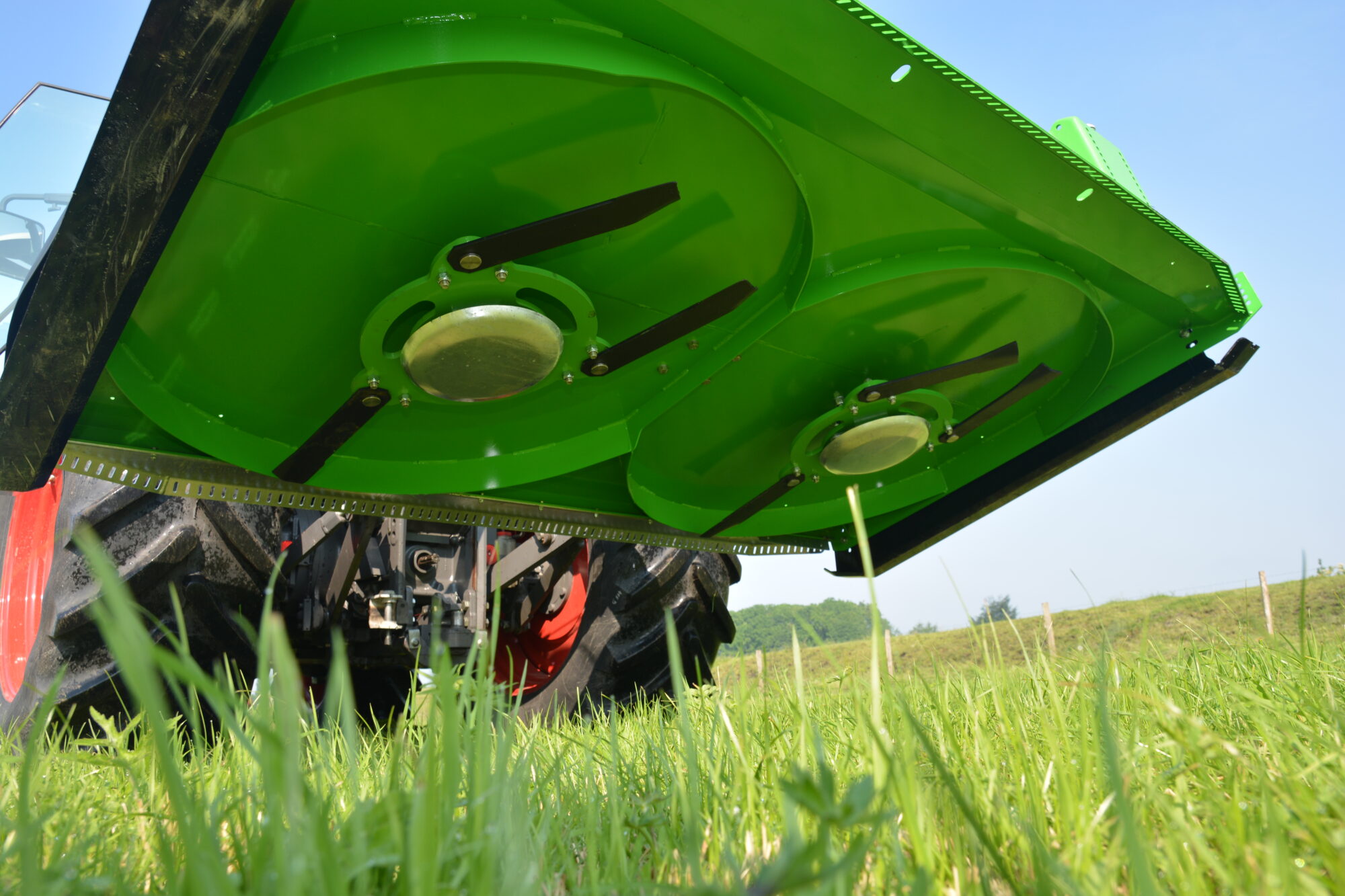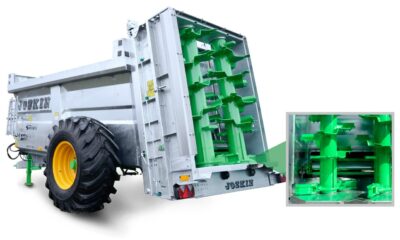Features
Mowing
In pastures, part of the grass is not eaten by the cattle: the trampled, spoiled or smelly vegetation. These “remains” are wasted as forage and they probably will for the whole season, as they will never be eaten by the cattle. They are also detrimental to the grass quality and to the meadow profitability.
It would then be a good thing to mow them so that your pasture can quickly and evenly grow again. In this way, they won’t end up in the silage, the forage will have a better quality and will also better be digested by the cattle (between 0.5 and 1 extra kg dry matter absorbed per cow), leading to lower needs in concentrates.
Discover how the Joskin rotary pasture toppers help to protect the vegetation against weed and parasites. As you can see, it only brings on advantages for the livestock breeder.
More technical arguments are also in favour of the pasture topper: easily adjustable cutting height, sturdiness, reliability and limited maintenance.
Clean and ventilated cut
JOSKIN has designed removable and retractable floating blades in order to ensure a quality cutting. They retract when striking into too hard obstacles.
This technical choice protects the transmission and offers a fully protection to your tractor against shocks. Thanks to the large free space between the blades and the frame, the air can flow freely and the chopped matter is mixed without slowing down or being blocked.
The spiral movement of the blades sucks the vegetation upwards (as a tornado), In this way, it is smoothly and efficiently cut. It is HIGHLY VENTILATED! The grass is perfectly spread thanks to the deflectors installed in the casing.
Rear-mounted machine
The 3-point hitching allows to carry the machine during transportation. But, while working, it is simply trailed by the 2 lower points, as the 3rd one is floating. Thanks to this special design, the pasture toppers can follow the ground unevenness.
Front-mounted
The floating 3rd point of the machine in working position is only kept for front pasture toppers. These are hitched by means of a central beam that trails the machine at the front. The back of the pasture topper is simply supported by a sliding guide. As a result, the machine can “float” freely on the ground. Besides, the double hitching spring makes the continuous contact on the ground lighter.









